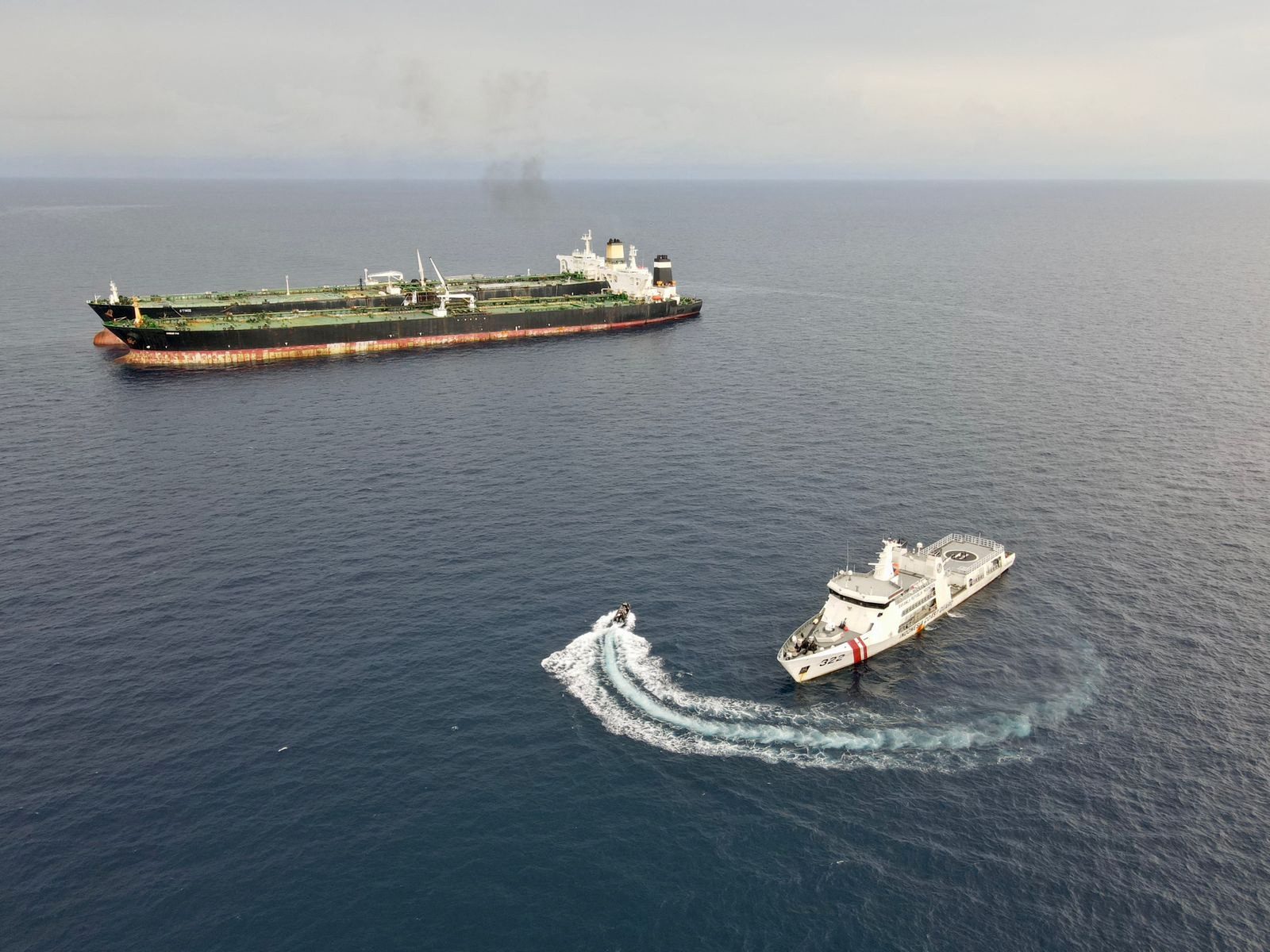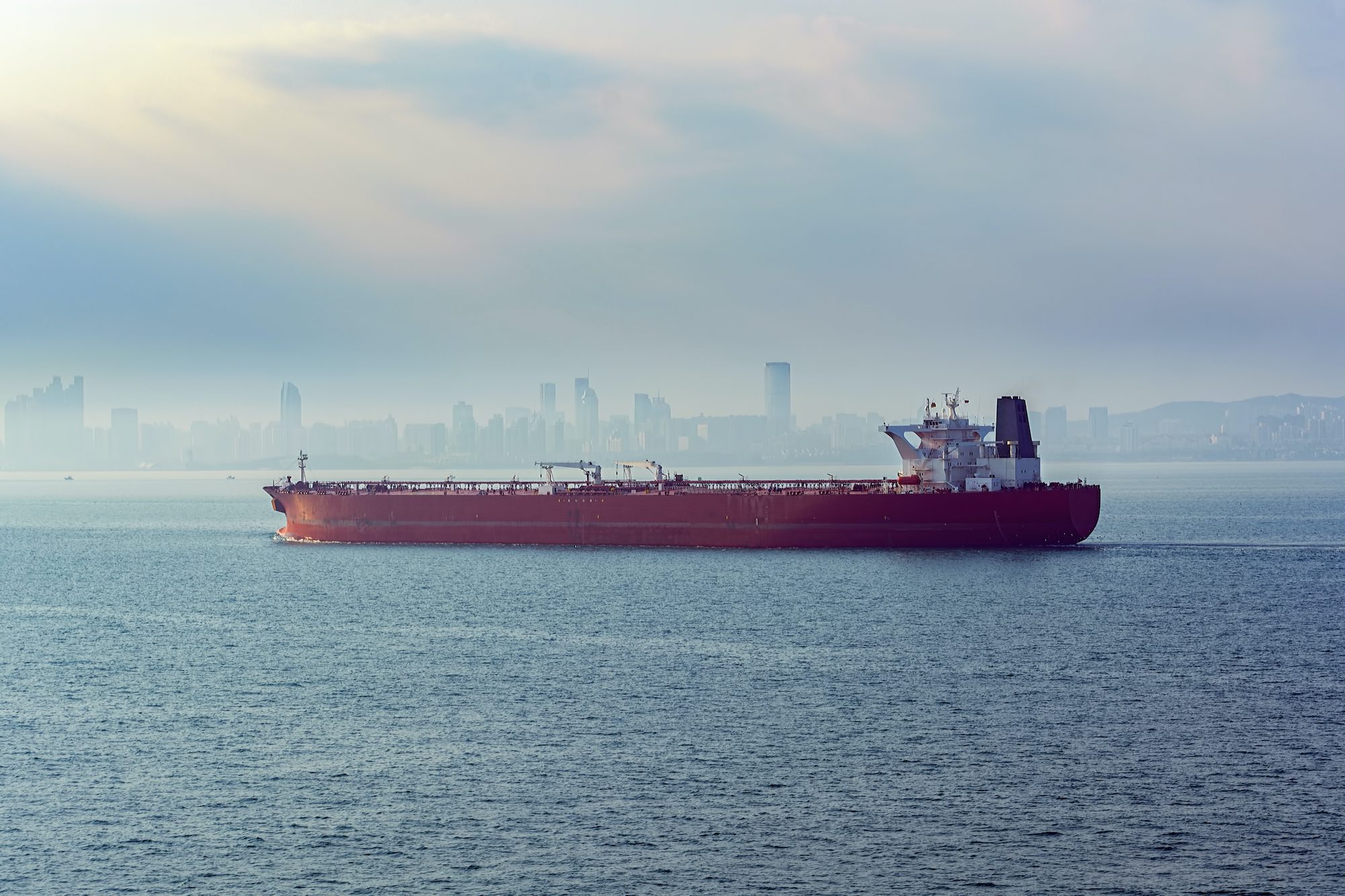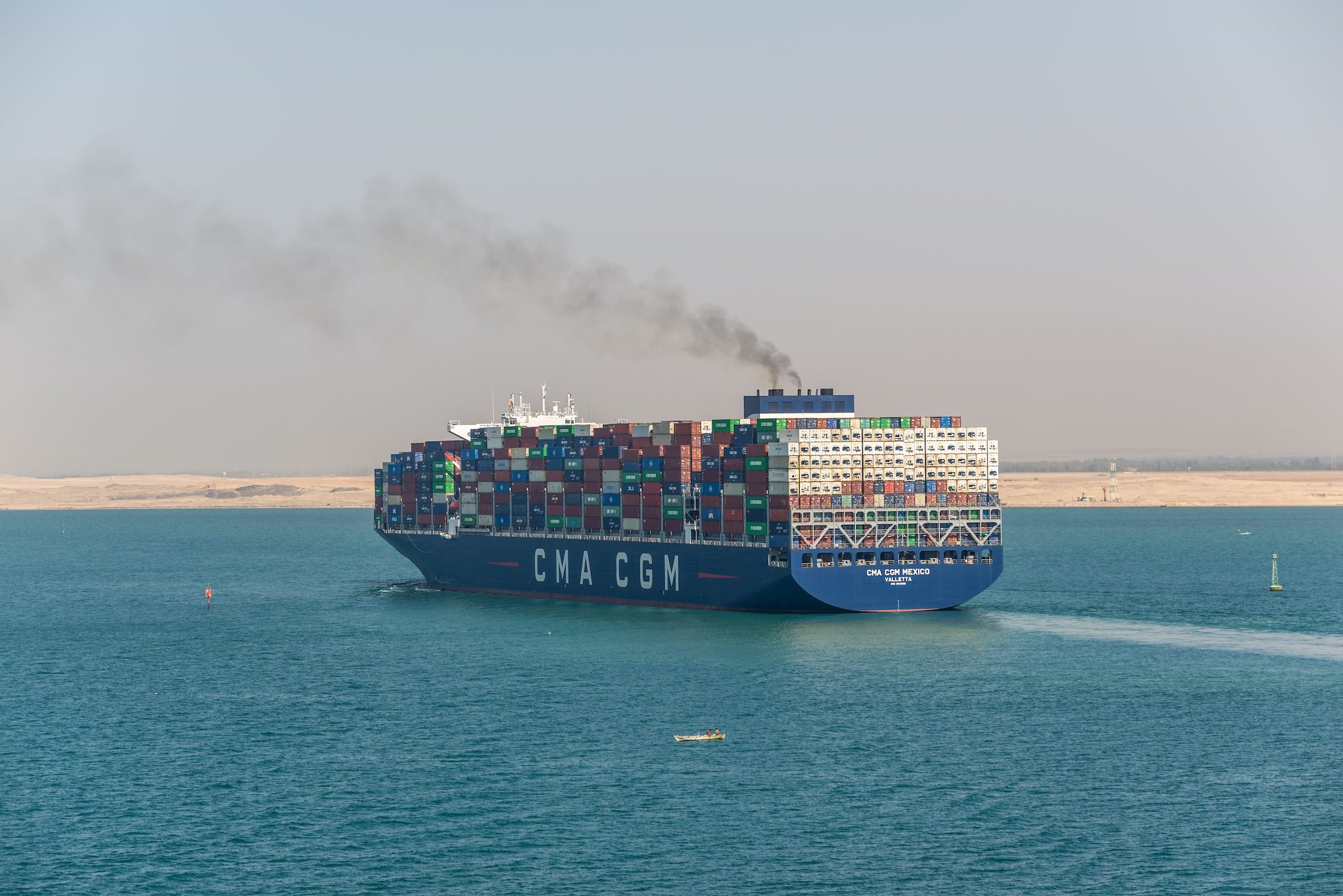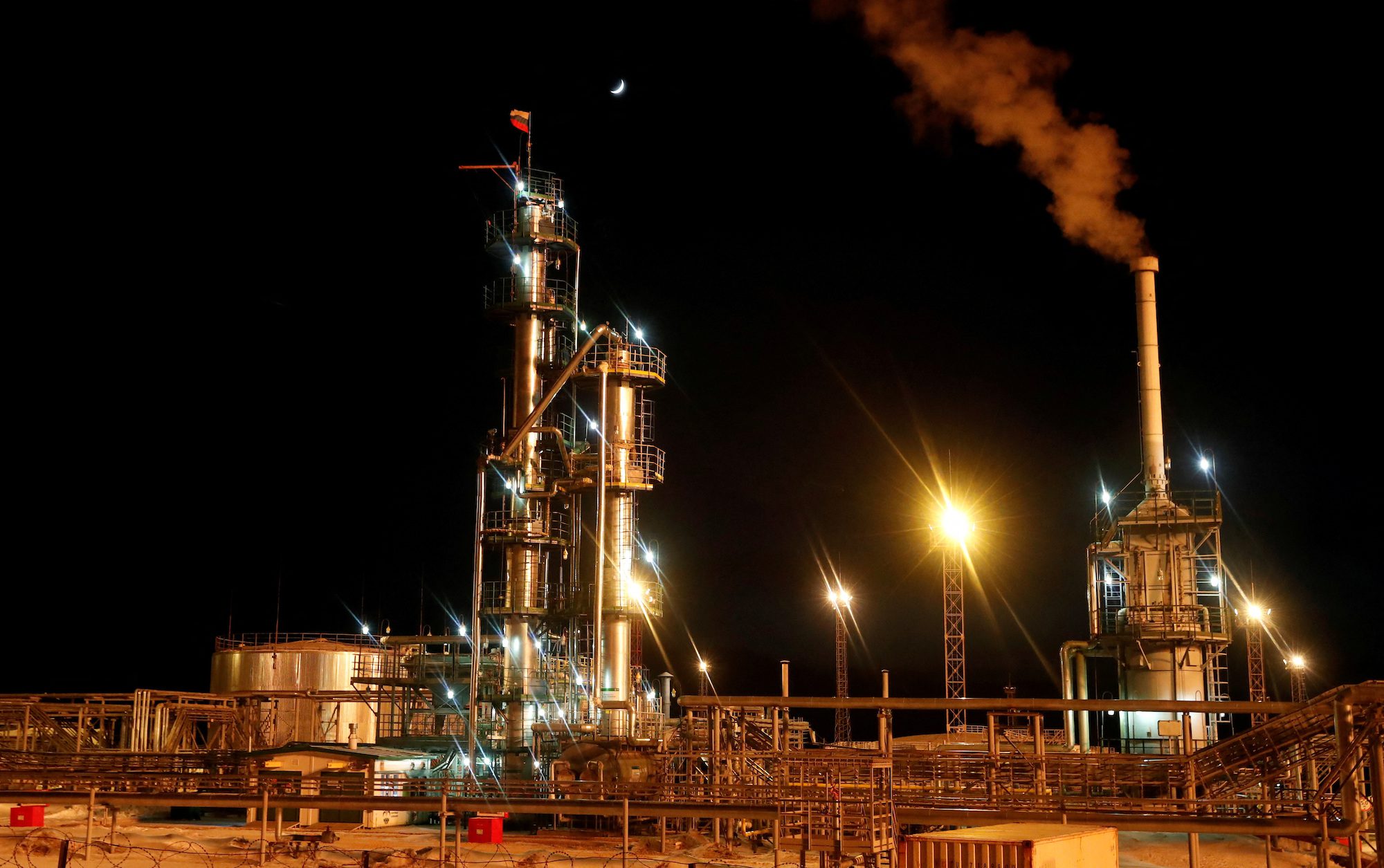By Alaric Nightingale (Bloomberg) —
Iran’s oil exports are surging this month, swelling global flows at a time when other producers are cutting back, according to a firm that monitors satellite imagery of individual tankers.
The boom is awkward for the US, which officially still has sanctions in place that should restrict Iran’s shipments. Even so, the extra cargoes will help to cushion the impact of reductions by Saudi Arabia, Russia and other nations in the OPEC+ alliance.
TankerTrackers.com Inc., which provides data on oil cargo shipments to governments, insurers and other institutions, estimates that the Persian Gulf state exported 2.2 million barrels a day of crude and condensates during the first 20 days of August. If maintained, it would far exceed any other month this year and is well above what other oil-shipping analytics firms say.
It was already known that Iran’s shipments were surging, but the data for August would represent a marked leg higher if maintained for the remainder of the period. The flow rate for the past 28 days show shipments running at a rate of 2.1 million barrels a day.
Flows from the Persian Gulf country are notoriously hard to monitor because the large numbers of tankers sailing there will routinely switch off their transponders, making them invisible to systems that rely on collating the signals that vessels emit.
TankerTrackers studies images from satellites and collates data manually, meaning it doesn’t rely on those Automatic Identification System, or AIS, signals.
None of the exported barrels came from floating storage, although it’s possible some could have come from on-land tanks, TankerTrackers co-founder Samir Madani said.
The lion’s share of the August flow has been crude with just over 200,000 barrels a day of condensate — a lighter form of oil.
The Persian Gulf state is selling the vast majority of its barrels to China as other past customers like South Korea and Japan steer clear of sanctioned barrels. India, previously a big buyer of Iranian oil, has pivoted to taking more Russian barrels.
Shadow Diplomacy
Iran and the US have been engaging through intermediaries for months, attempting to ease tensions that could spill into conflict. As a first confidence-building gesture, Iran took steps to release US prisoners in exchange for access to funds frozen overseas. Diplomats have also pushed the nation to voluntarily limit its uranium-enrichment levels and boost its cooperation with international nuclear monitors in return for allowances to ship more crude.
Even as Iran has made steps to reconcile with its neighbors and deal with the US, tensions remain around shipping in the vital Strait of Hormuz waterway.
About a fifth of the world’s oil passes through the strait which lies at the mouth of the Gulf. Iran has harassed vessels and seized tankers in the area, and the US recently increased its naval presence in the region.
–With assistance from Anthony Di Paola, Prejula Prem and Jonathan Tirone.
© 2023 Bloomberg L.P.

 Join The Club
Join The Club











